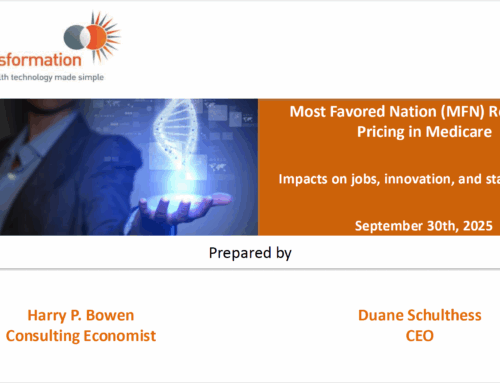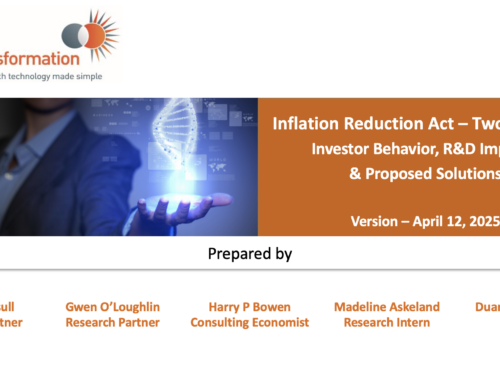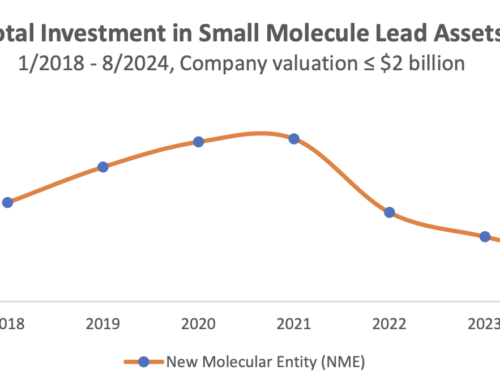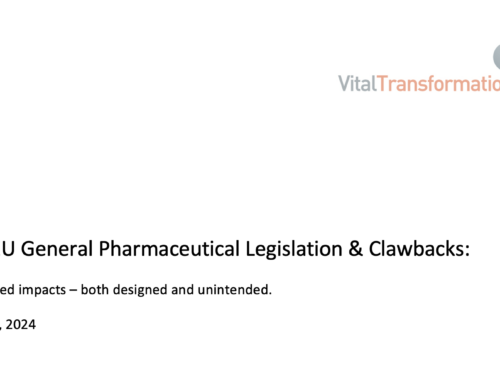Walter Van Dyck, Gergely Vértes, Muhilan Palaniappan, Daniel Gassull, Prateek Jain, Duane Schulthess, Erik Tambuyzer, Richard Hudson, Nuala Moran; Health Policy and Technology
June, 2012
Abstract
Through stratification, this simulation shows that there is great potential to improve the efficiency of treating breast cancer. By segmenting the female population at the age of 50 based on family history and genetic testing, our model shows a reduction in costs of breast cancer treatments by 37% with no loss of efficacy accomplished primarily through a 60% drop in incidence of metastatic stages of the disease.
These programmes are not inexpensive, and require substantial upfront investments of roughly 2 billion GBP and continued annual investments of several hundred million GBP. However, our simulations show a positive NPV and ROI in approximately year 7 of the programme.
Highlights
► Reduces total patient cost of healthcare by 37% without affecting average QALY.
► Reduces the incidence of metastatic stages of the disease by 62%.
► Pay-back is achieved in 6–8 years and savings climb up to 3b£ in the UK over 25 years..
Click here to view the full report.







